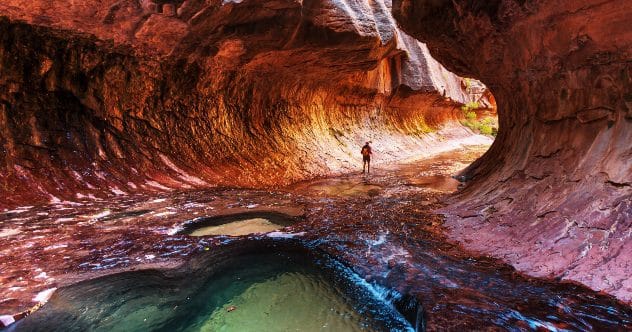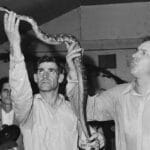National parks are amazing places, attracting millions of people each year. They offer stunning views and thrilling adventures. But with all that beauty, it’s important to remember that nature can be unpredictable and sometimes dangerous. While exploring, safety should always be a top priority.
Over the years, some visits to these natural wonders have sadly ended in tragedy. From steep falls to unexpected wildlife encounters, these incidents remind us to be careful. It’s good to know that such events are rare. Most people enjoy national parks without any problems.
Still, knowing the risks can help you prepare. Always read warning signs and follow park rules. Let’s look at ten unfortunate deaths in national parks. We’ll discuss what happened and what we can learn to stay safe on future trips.
10. Fall from Half Dome, Yosemite National Park
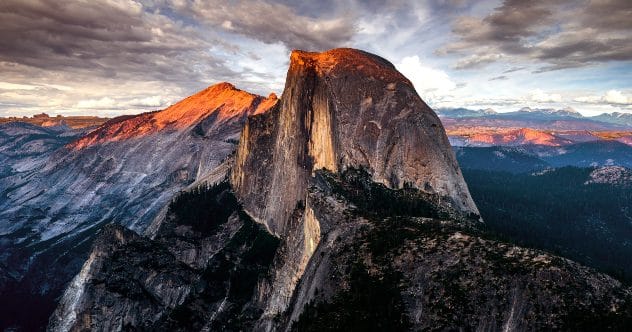
Yosemite’s Half Dome is a famous and challenging hike. In a tragic incident, Danielle Burnett, 29, fell over 500 feet to her death while climbing the steep upper section. This part of the hike requires using metal cables to ascend the granite dome.
Danielle’s death is a stark reminder of the dangers. She was at least the 12th person to die on this climb. To improve safety, officials have added more measures. Cables line the path, and while safety harnesses are suggested, they’re optional. Wooden beams allow hikers to rest. Also, the park now limits daily permits to reduce crowding on the trail.
9. Grizzly Bear Attack, Glacier National Park
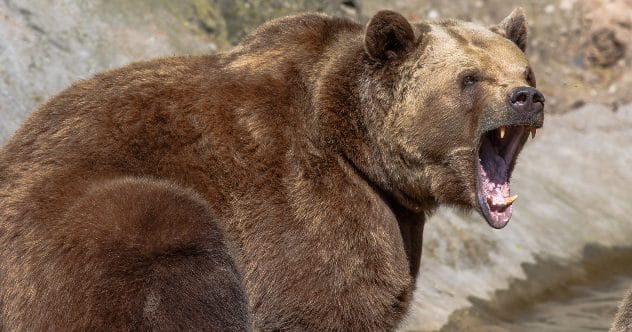
Glacier National Park in Montana is known for its incredible scenery and wildlife. However, encounters with wild animals can be dangerous. Brad Treat, a 38-year-old U.S. Forest Service officer, learned this tragically. While mountain biking with a friend, he surprised and collided with a grizzly bear. He was thrown from his bike and mauled.
This rare accident underscores the need to respect wildlife. If you encounter a bear, the Forest Service advises:
- Stay calm and talk to the bear while slowly waving your arms.
- Pick up small children immediately.
- Try to look as big as possible.
- Do not run or climb trees.
- Avoid acting like prey.
- Give the bear an escape route and slowly move away.
8. Fall from Angel’s Landing, Zion National Park
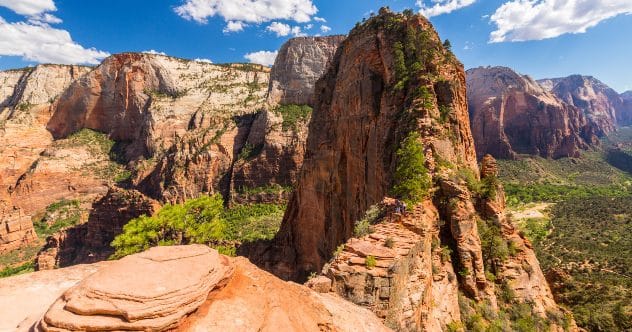
Angel’s Landing in Zion National Park offers breathtaking views but is a notoriously dangerous hike. The trail features sheer drop-offs and narrow paths, with chains bolted into the rock for support.
Despite its risks, many hikers attempt it. Sadly, several fatal falls have occurred. In 2017, Tate Volino, 45, lost his footing on the steep trail and fell 1,000 feet. Such incidents highlight why it’s crucial to know your limits and follow all safety advice. Park officials urge inexperienced hikers or those uncomfortable with heights to consider other trails.
7. Flash Flood, Zion National Park
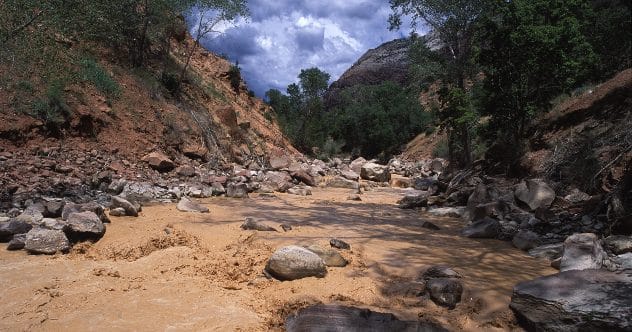
Flash floods are a serious threat in slot canyons, especially in Zion’s Narrows. Always check the weather and the park’s current flash flood rating before hiking. These floods can happen quickly, with little warning.
In 2015, a storm dumped over half an inch of rain in an hour, causing a flash flood in Keyhole Canyon. Seven hikers were swept away. Park officials provide safety information with permits, but once in a canyon, communication about sudden weather changes is impossible. Look for these signs of a potential flash flood:
- Puddles forming quickly.
- Changes in the color of stream water.
- More debris in existing water.
- The sound of rushing water.
If caught, seek higher ground. Avoid swimming or crossing floodwaters. If stranded, stay put and wait for water levels to drop.
6. Lightning Strike, Rocky Mountain National Park
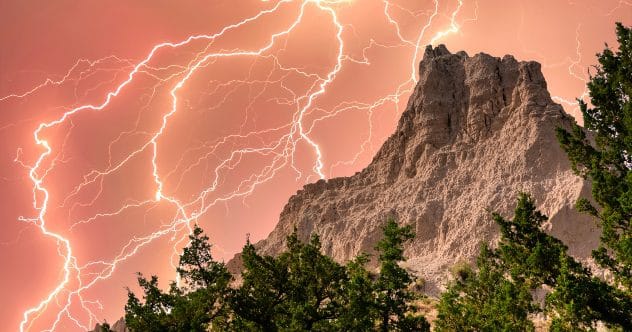
Lightning is a common danger in high-altitude areas like those in Rocky Mountain National Park. Park officials always advise checking the weather forecast. Avoid hiking during thunderstorms or high winds. If a thunderstorm approaches, find shelter in a low-lying area or a building. Stay away from open spaces, tall trees, and metal objects, as they can attract lightning.
In 2014, a lightning strike hit a group of hikers in the park. One person was killed, and seven others were injured. This tragedy reminds all hikers to be weather-aware and plan accordingly.
5. Fall from the Grand Canyon, Grand Canyon National Park
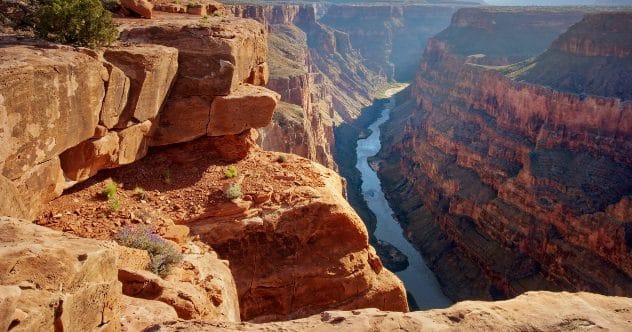
The Grand Canyon is one of America’s most visited national parks. Its steep cliffs and rugged terrain, however, can be perilous. In April 2018, a 35-year-old man fell 1,000 feet to his death while taking photos near the rim. He reportedly stepped back for a picture and lost his footing.
About a dozen people die in the park each year, with several of these deaths due to accidental falls. It’s crucial for visitors to stay on marked trails, avoid getting too close to the edge, and supervise children and pets carefully.
4. Drowning, Great Smoky Mountains National Park
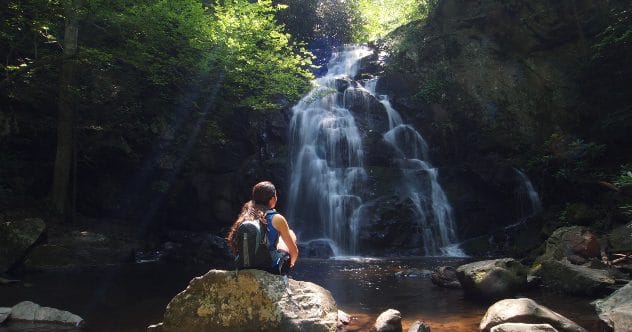
On a hot day, swimming in a park’s river or lake might seem tempting. However, the National Park Service does not recommend swimming in many areas because there are no designated swimming spots. If an injury occurs, help can be hours away.
In 2022, a 61-year-old man drowned while kayaking near the Sinks_ in Great Smoky Mountains National Park. He fell into the water and did not resurface. This incident highlights the dangers of natural water bodies, especially those with strong currents or deep pools. Shifting rocks and seemingly calm waters can quickly become hazardous. Park officials advise never swimming alone, avoiding diving from cliffs, and always wearing safety gear.
3. Plane Crash, Denali National Park
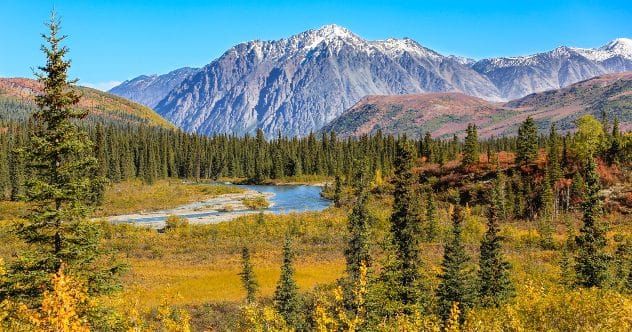
Denali National Park in Alaska is famed for its wild beauty but also presents significant risks. It’s vital to follow park guidelines and be aware of the dangers of backcountry travel.
In 2018, a small sightseeing plane with a pilot and four passengers crashed in Denali. All five people died. Tragically, while the crash site was initially found, rescue and recovery became impossible. After an earthquake, a part of the mountain collapsed, covering the wreckage.
2. Heatstroke, Joshua Tree National Park
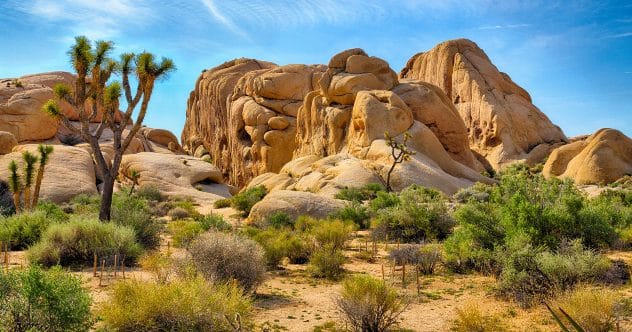
Joshua Tree National Park in California can experience extreme heat, with temperatures often rising above 100°F (37.8°C). In 2018, a hiker died from heatstroke in the park.
This sad event underscores the dangers of hiking in severe heat. To prevent heatstroke, drink plenty of water and electrolyte-rich fluids. Wear loose, breathable clothing and a wide-brimmed hat. If someone shows signs of heatstroke (dizziness, confusion, rapid heartbeat), move them to shade, give them cool water, and get medical help immediately. It’s best to acclimate to the heat by gradually increasing activity and avoiding strenuous hikes during the hottest part of the day.
1. Falling Tree, Great Smoky Mountains National Park
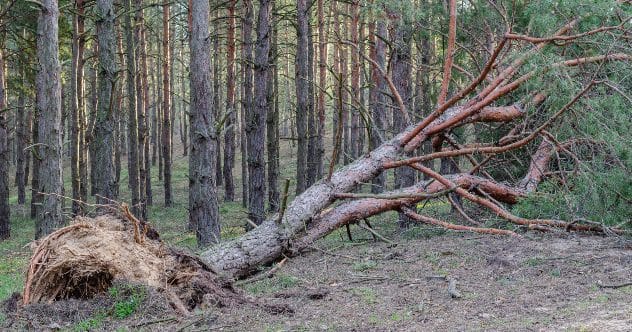
This incident is quite rare, but its tragic outcome for a young child makes it especially heart-wrenching. In July 2022, rangers in Great Smoky Mountains National Park responded to a call just after midnight. A father was camping with his three daughters when a large red maple tree, about 2 feet wide, fell on their tent. His seven-year-old daughter was killed. The rest of the family was not physically injured.
Investigators were unsure why the tree fell. They noted it was the first recorded death in the park’s history caused by a tree falling on a tent.
These stories are sobering, but they are not meant to scare you away from national parks. Instead, they serve as powerful reminders that safety must always come first. By being aware, prepared, and respectful of nature’s power, we can all enjoy the incredible beauty of our national parks for years to come.


